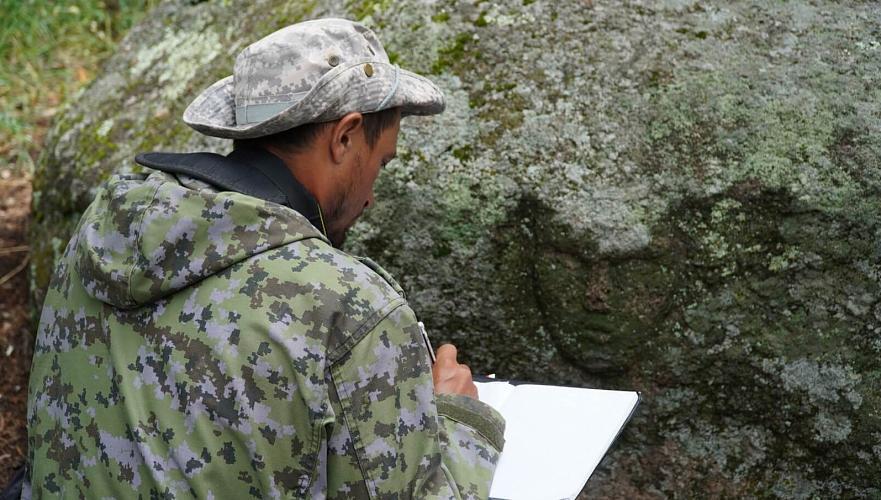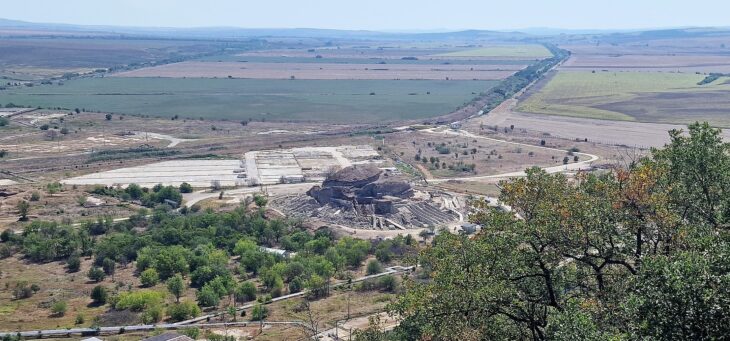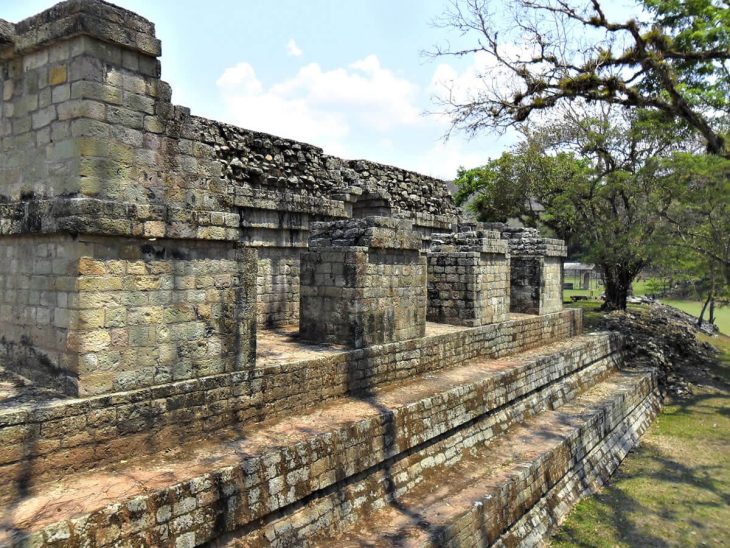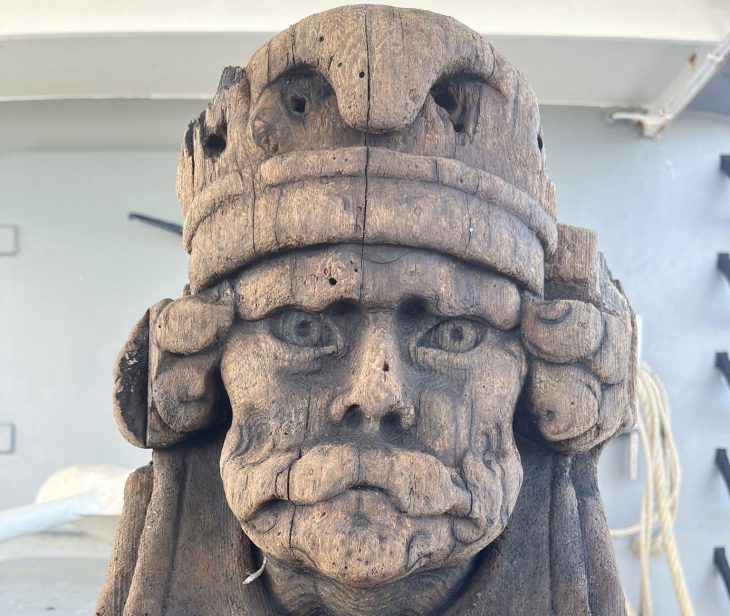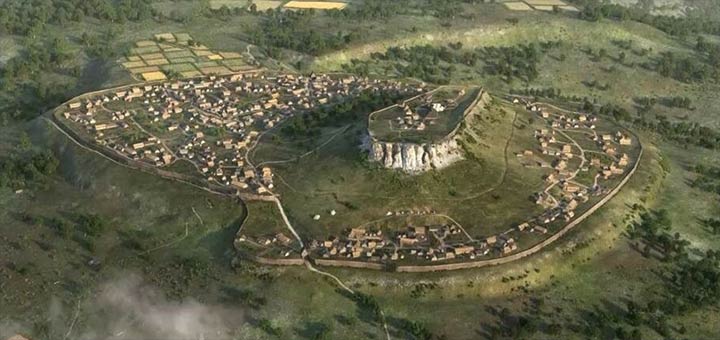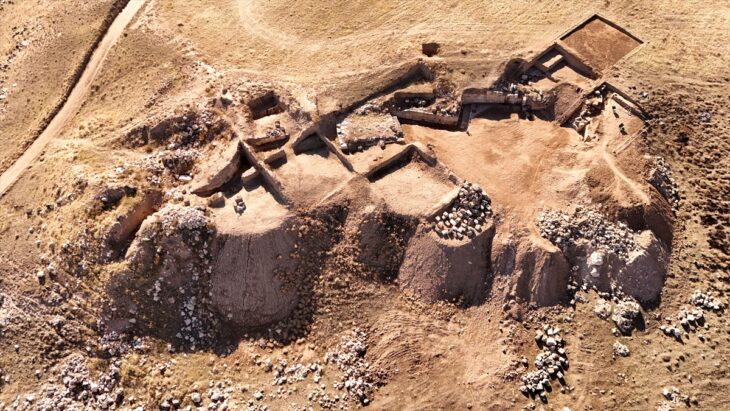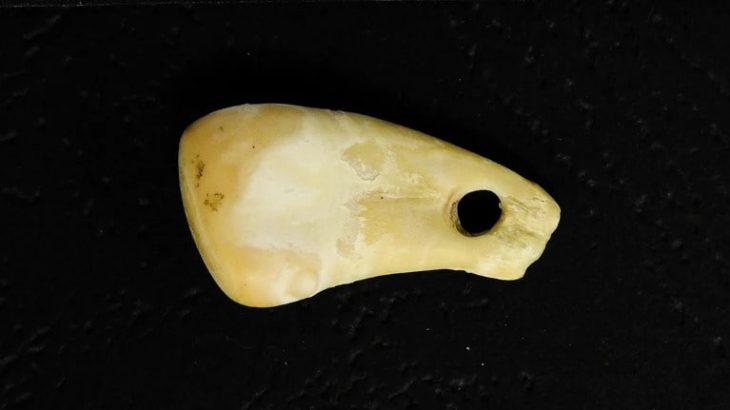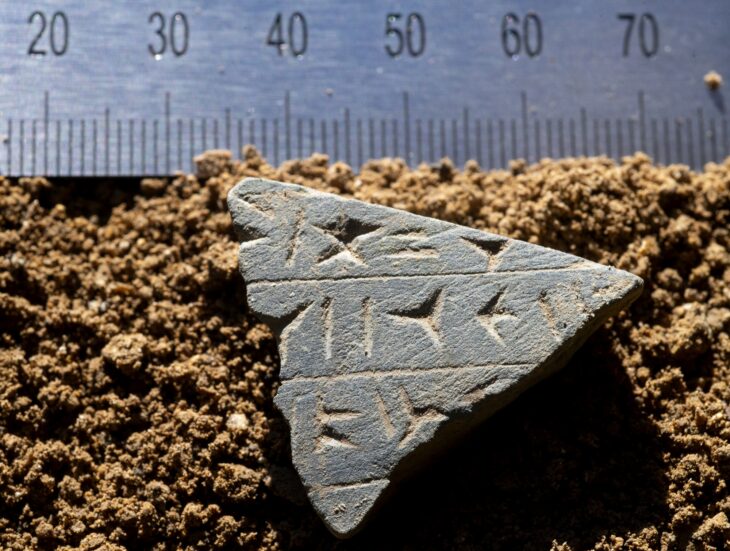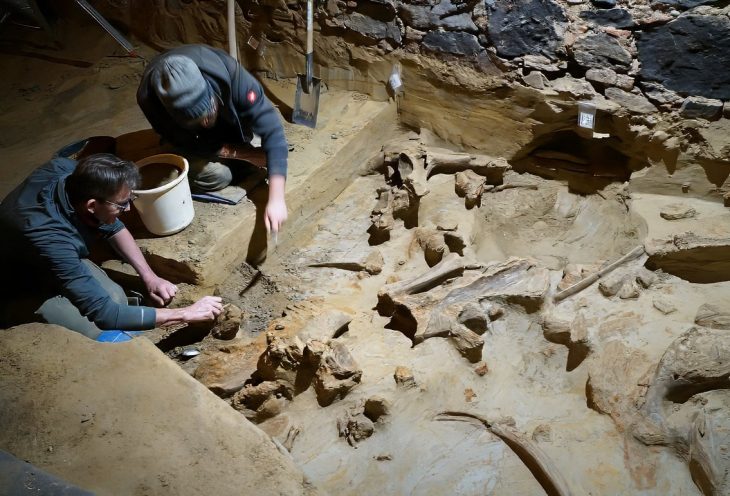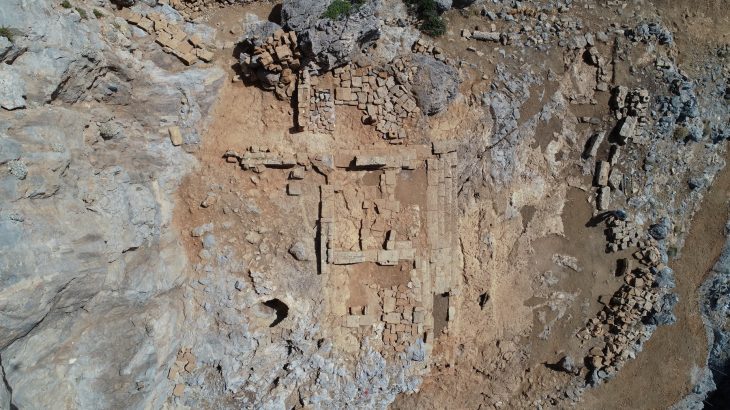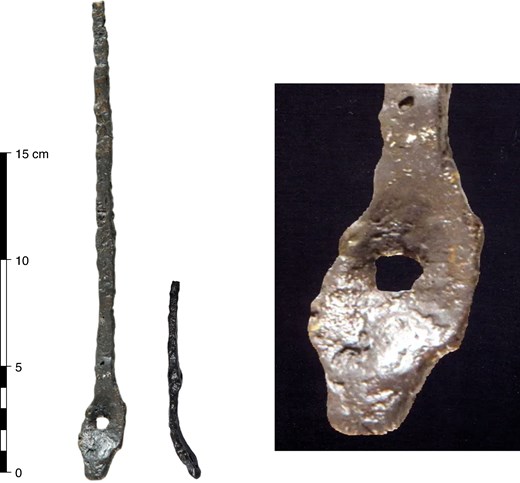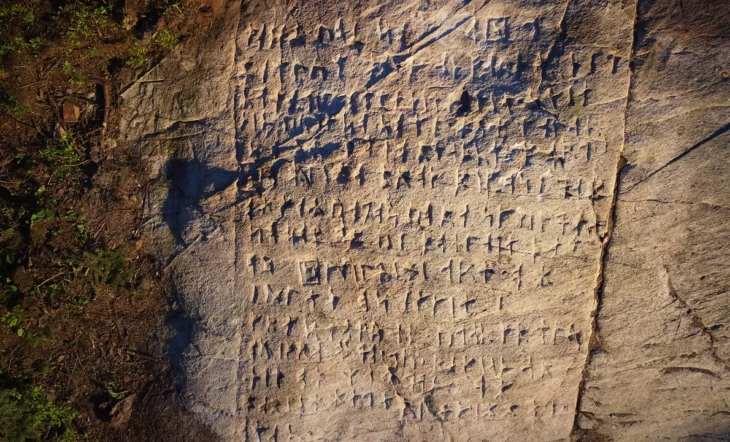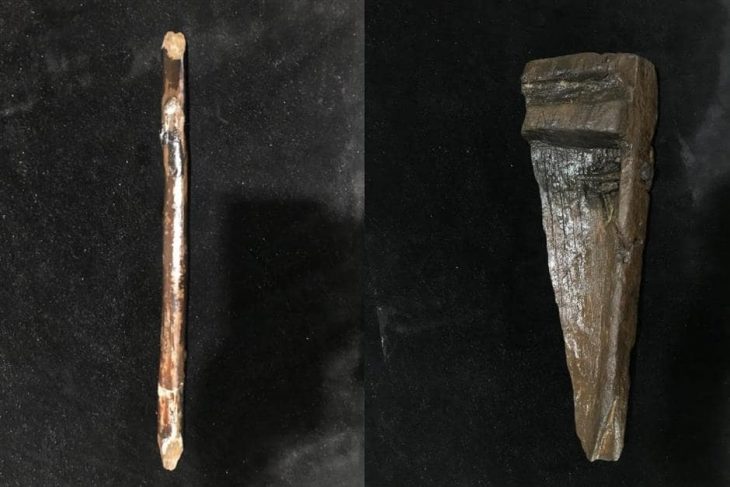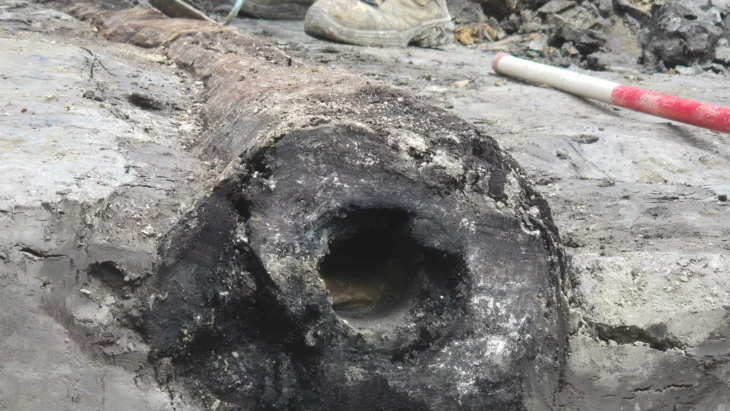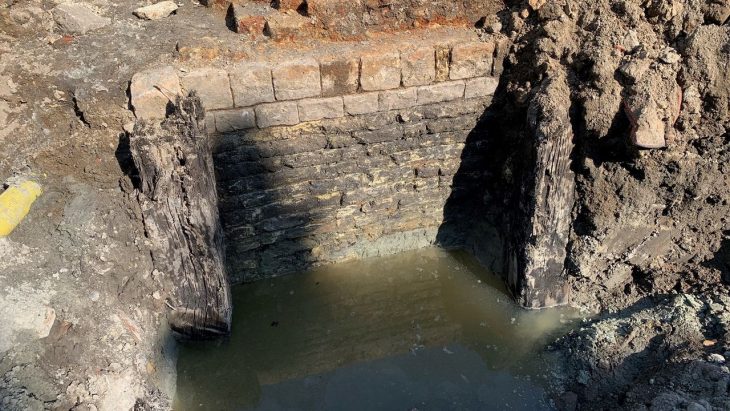Kazakhstan’s rich archaeological landscape continues to reveal fascinating details about ancient civilizations. Recent research in the Akmola, and Pavlodar revealed a stone carving depicting a human face and burial sites dating back to the Bronze Age.
Kazakh archaeology not only enriches the scientific world with its remarkable discoveries but also reveals the main stages of the ancient and medieval development of Kazakhstan society.
A mysterious archaeological find has been uncovered in the Akmola Region of Kazakhstan. Employees of the Regional Emergency Situations Department came across a historical find in the form of a human face carved into stone and invited archaeologists to examine the artifact.
The monument, which originated from an ancient sculptor, was brought to the attention of scientists from Astana and their colleagues abroad. According to the experts, it is currently difficult to determine which era the item belongs to.
Scientists are divided on the origins of the artifact. Some assert that the stone has been in its current location since the Bronze Age, while others attribute its presence to the subsequent Turkic period.
📣 Our WhatsApp channel is now LIVE! Stay up-to-date with the latest news and updates, just click here to follow us on WhatsApp and never miss a thing!!
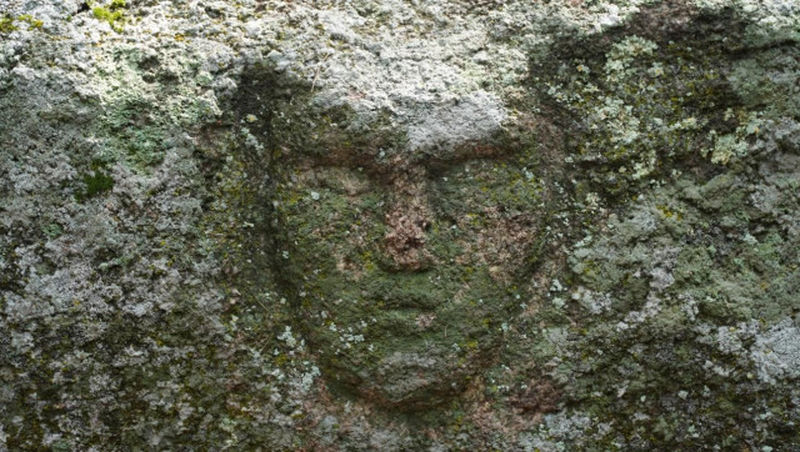
Sergey Yarygin, a leading scientist at the Alkey Margulan Institute, noted that similar carvings have been found in Bronze Age settlements in Central Asia and Eastern Europe, Astana Times reported.
He also pointed out the presence of analogous images in the early Iron Age in southern Siberia and in medieval Turkic cultures that spread across the Eurasian steppes. Despite these parallels, Yarygin emphasized that the exact period of the artifact remains uncertain, as it could belong to various historical epochs, including more recent times.
The distinctive discovery was made by Nursultan Ashkenov and Akhmet Zaripov, employees of the Sandyktau district fire service. The Emergency Situations Department has taken the stone under its protection.
“It is a source of great satisfaction to make such an important discovery while engaged in our primary responsibilities. Furthermore, I believe that this achievement will have a positive impact not only on our district but also on the entire country,” stated Aset Zhangozhin, head of the Emergency Situations Department of Sandyktau district.
This finding is expected to draw more scholarly attention and may prompt further archaeological investigations in the area.
Important discoveries from the Bronze Age in the Pavlodar Region
In the Koktas complex in the Pavlodar Region, a large number of rare and valuable artifacts were unearthed during the archaeological excavation carried out by researchers from the Pavlodar Pedagogical University. The Koktas site also contains over 20 burial mounds, some of which date back to the Saka period.
Among them is the most notable, a bronze spearhead from the mid-13th to the 8th century BCE that is said to have come from the Sargarin-Alexeyev culture. Asylbek Yelaman, a second-year student, found this spearhead, which is unique for the area. Aside from the spearhead, pieces of pottery kitchenware were also discovered.
Cover Photo: Akmola Region, gov.kz.

